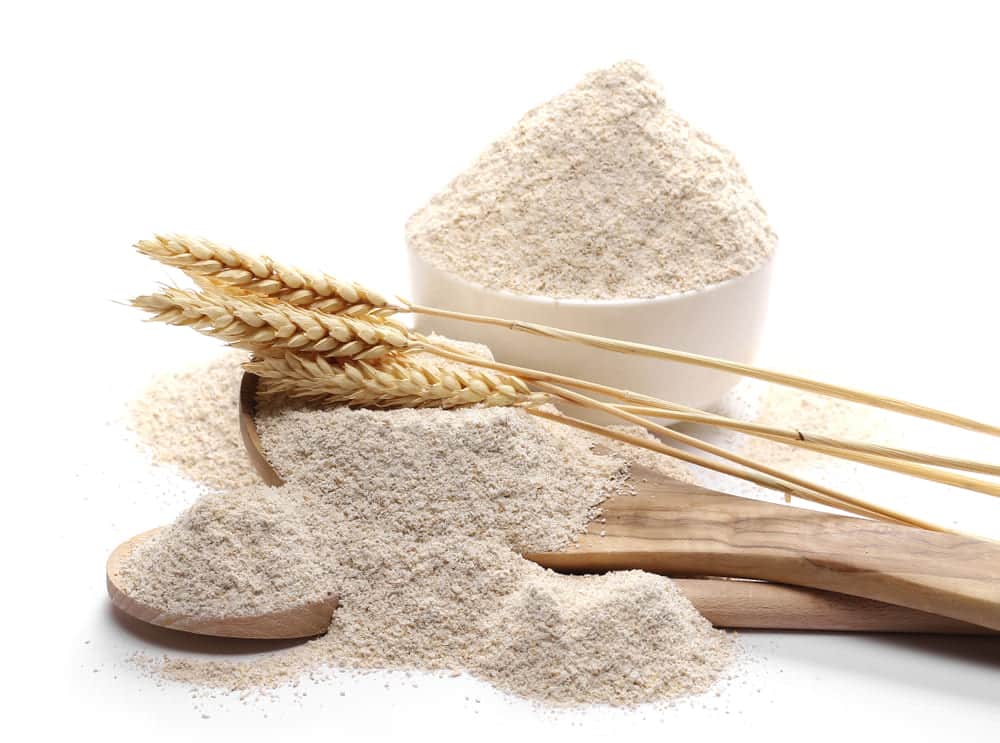
There are so many types of flours available in the market. Some flours are used as cereal while some people make pasta and bread out of them. However, farina is one of the most common flour and is cooked into the cereal meal. However, there are farina substitutes available for people who are unable to find farina in the grocery store!
Farina Substitutes
Before finding out the farina substitutes, it is essential to understand what farina actually is. That being said, farina is a meal that’s made from cereal grains and has a bland flavor. It is cooked by boiling the farina (cereal grain) in the water which takes on the cereal-like appearance. Some grocery stores also stock farina as a cream of wheat.
Farina is made from grain’s endosperm and it is milled to create the fine consistency (it is granular, in particular). Farina is made by removing the germ and bran but it is still rich in Vitamin Bs and iron. Moreover, it is known to be the genuine flour that’s made before the stones are milled. However, keep in mind that it has gluten, so it’s not suitable for people who are following the gluten-free diet.
1) Oatmeal
Oatmeal is the first substitute of farina which is actually the course flour that’s made from the groats (the hulled oat grain). The oats are also known as white oats while the steel-cut oats are famous as coarse oatmeal or pinhead oats. In addition, the rolled oats are another form of oatmeal which are the thick oats but it can be cooked into a smaller size.
Oatmeal is generally consumed as porridge that’s made from oats while the commercial oatmeal packages have salt, sugar, thickeners, flavorings, and vitamins. As far as the uses are concerned, oatmeal can be cooked with milk and water to cook porridge. However, the rolled oats can be eaten uncooked as well. The oats are generally consumed as breakfast cereal.
In addition to cereal, oats are also used to make flapjack bars, cookies, cakes, and apple crisp. Some people use oats as topping on the bran bread and make an amazing thickening agent.
2) Cornmeal
Cornmeal is generally made from grinding the corn kernels (the dried ones) into three different textures. Cornmeal can be grounded into coarse, medium, and fine textures, depending on your need. It can be made through stone grinding and it keeps the kernels’ germs and hull intact. That being said, cornmeal is way more nutritious but it also means a higher fat percentage.
As far as grinding is concerned, some people also use steel rollers as they can remove germ and husk. For the most part, cornmeal has different types available, such as yellow corn, blue corn, and white corn. You can find the stone-ground cornmeal as the water ground cornmeal. Moreover, the finely-ground cornmeal is known as corn flour.
Cornmeal is widely used in cornbread but it adds perfect sweetness and texture to the bread and cookies. Some people also use cornmeal as a dusting surface for pizzas and it also reduces the chances of sticking dough. Not to forget, it’s a suitable thickener for chilis and soups.
3) Polenta
Farina is generally named as the cereal meal and polenta is also a dish that originates from Northern Italy. It is known as mush and porridge that’s cooked from coarse cornmeal. In addition, it is cooked with chestnuts, farro, spelt, millets, and chickpeas. In the majority of cases, it is made from yellow corns. Polenta is available in different forms since you can find instant-cooking polenta from the supermarket.
In addition, some supermarkets also stock up on prepared polenta as it’s completely cooked and is generally available in tube packaging.
4) Couscous
Couscous is actually pasta that’s made from wheat flour and semolina. It can be cooked in the form of farina (to make a cereal) but people also use it in savory recipes. Couscous looks like rice but the flavor is nutty yet mild. For the most part, couscous is easily available in grocery stores and you can cook it as you like!
The bottom line is that these farina substitutes are pretty amazing and deliver somewhat similar flavors and texture. However, if you still cannot find the right substitute, you can opt for grits, hot rice cereal, and cream of buckwheat as these are some suitable options as well!